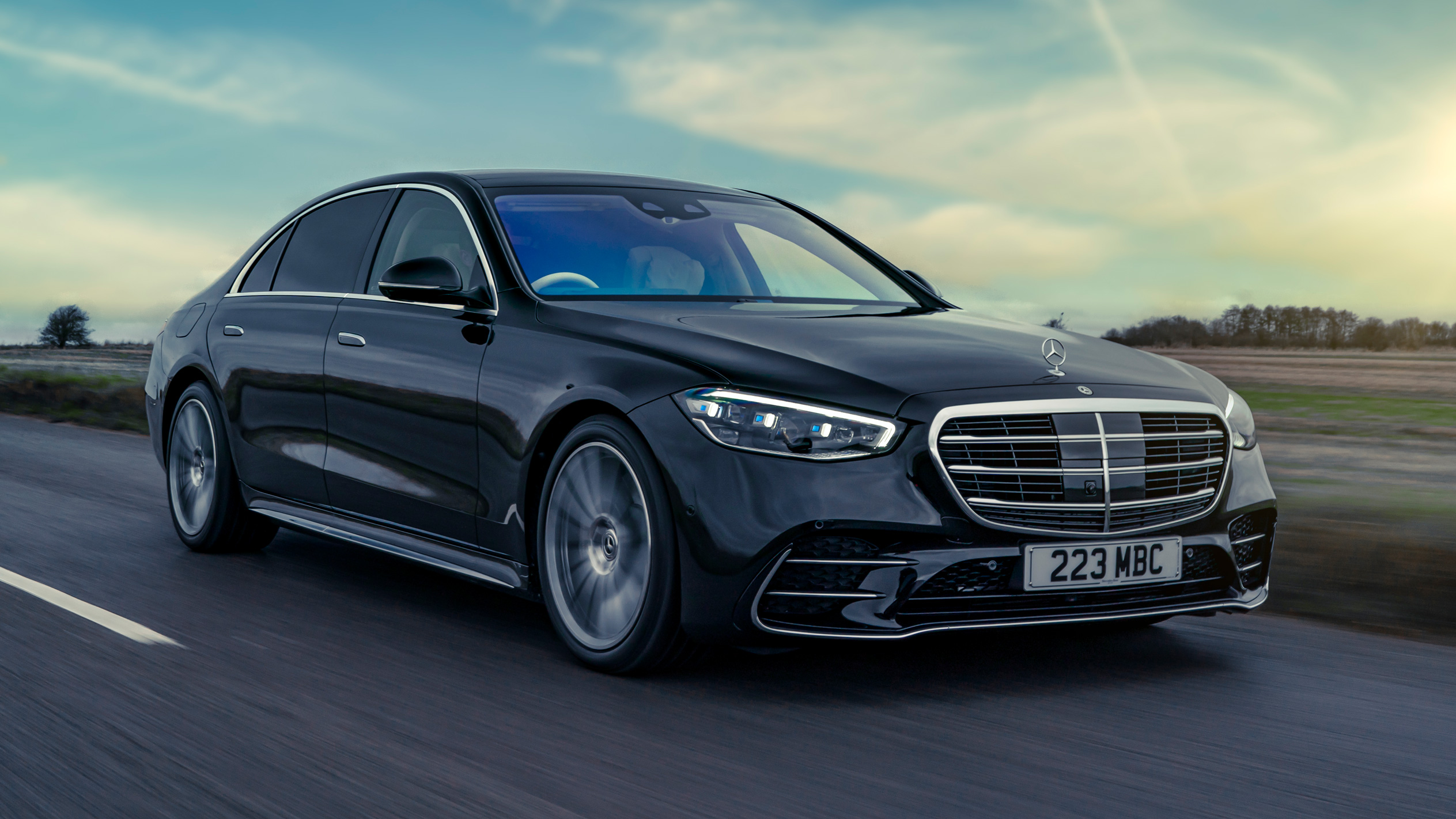In today’s automotive landscape, performance, technology, and safety tend to dominate the spotlight. We’re often dazzled by horsepower figures, infotainment screens, and crash test ratings. But there’s one vital aspect of driving that remains both deeply personal and profoundly underrated: cabin noise.
The level of sound inside a vehicle’s cabin—whether it’s the calming hush of silence or the constant drone of tires and wind—can drastically shape the driving experience.
For many drivers, particularly those who commute long distances, take frequent road trips, or drive professionally, the difference between a peaceful ride and a noisy one can mean the difference between a relaxing journey and a stressful ordeal.
Cabin quietness isn’t just about luxury—it’s about mental comfort, fatigue reduction, and communication. A quiet cabin allows for relaxed conversations, crisp music playback, and even better focus behind the wheel.
On the other hand, excessive noise over time wears down your senses, increases fatigue, and makes it harder to concentrate. Even a car with a comfortable suspension or a great engine can feel exhausting if you’re constantly subjected to road drone, engine buzz, or wind turbulence.
For passengers, especially families with kids or elderly occupants, a noisy ride can turn long trips into endurance tests. It’s something few test drive, yet almost everyone feels.
Automakers understand this, and many have responded by integrating sophisticated noise-dampening strategies into their vehicles, ranging from multi-layer acoustic glass and sound-deadening materials to active noise cancellation systems and even noise-absorbing tires. But not every vehicle is created equal.
Some brands prioritize serenity with high-end engineering, while others—especially performance-oriented or budget-focused models—still lag, often due to legacy platforms or specific design priorities like off-road toughness or lightweight construction.
That means there’s still a wide divide between vehicles that offer a near-library-level hush on the highway and those that practically require earplugs at 75 mph.
This article takes a deeper look at that contrast. We’ll explore five vehicles renowned for their whisper-quiet cabins, where sound isolation and NVH (noise, vibration, and harshness) control are central to the experience.
These are cars and trucks engineered with intention—designed to make long-distance cruising as calm as sitting in your living room.
Then, on the flip side, we’ll look at five vehicles that fall short, where poor insulation, outdated platforms, or sport-tuned suspensions lead to loud, often fatiguing cabin experiences on the highway.
These aren’t necessarily bad vehicles—in fact, some of them are extremely capable or even fun to drive—but their cabin acoustics simply don’t live up to modern standards for highway comfort.
Whether you’re shopping for your next daily driver, planning a long road trip, or just curious about how noise impacts your drive, this guide offers a practical breakdown of what to expect—and what to avoid. Because once you’ve driven a vehicle that gets cabin quietness right, it’s hard to go back.
Also Read: 8 Cars With Double-Layer Center Consoles for Organized Storage
5 Car Cabins That Block Noise
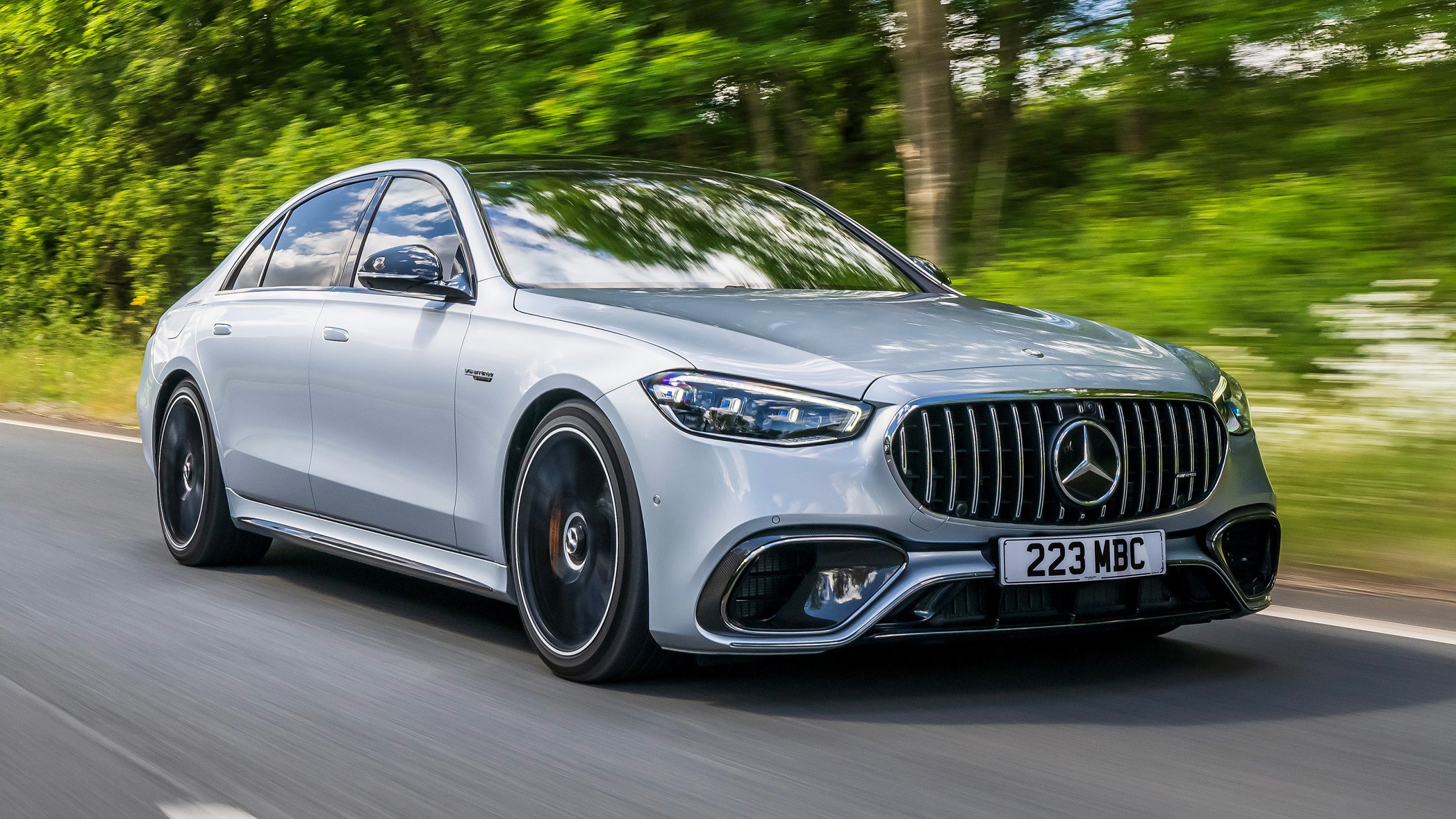
Mercedes-Benz S-Class – The Gold Standard in Silence
When it comes to setting the benchmark for cabin quietness, the Mercedes-Benz S-Class stands in a league of its own. This flagship luxury sedan has long been the yardstick by which all other executive vehicles are measured—not only for its ride quality, technology, and opulence but also for its nearly unmatched noise insulation.
Mercedes-Benz engineers have spent decades refining this vehicle, implementing technologies specifically designed to create an acoustically isolated environment.
From the very structure of the vehicle—built with vibration-resistant alloys—to the meticulously placed sound-deadening materials in the firewall, underbody, and doors, everything about the S-Class is engineered to suppress unwanted noise.
The extensive use of double-glazed acoustic glass, ultra-thick door seals, and precision manufacturing tolerances ensures that outside elements like wind and road rumble stay outside where they belong.
Adding to this physical insulation is a suite of active noise cancellation systems that use microphones and speaker outputs to generate reverse-phase sound waves, effectively canceling out low-frequency hums and vibrations before they reach your ears. The results are profound: even at sustained high speeds, you feel like you’re cocooned in a padded vault.
The suspension, featuring air struts with adaptive dampers, further softens road irregularities and minimizes the transmission of chassis vibrations into the cabin. It’s not just quiet—it’s composed, sophisticated, and eerily tranquil.
Whether gliding over rough asphalt or being passed by tractor-trailers on a windy interstate, the S-Class remains unbothered, filtering the chaos outside into a soft, indistinct whisper.
Moreover, the internal acoustics are tuned to enhance the ambiance. The Burmester audio system isn’t just high-end—it’s been engineered in concert with the car’s sound-deadening architecture.
This integration means you get crystal-clear audio without needing to crank up the volume to compete with road noise. The HVAC system, often a source of subtle hiss or hum in lesser vehicles, is virtually silent here.
All of these details create an environment that not only blocks external sound but also amplifies the feeling of serenity, making every drive feel more like a retreat than a commute. For those who consider driving an experience to be savored rather than endured, the S-Class is in a class of its own.
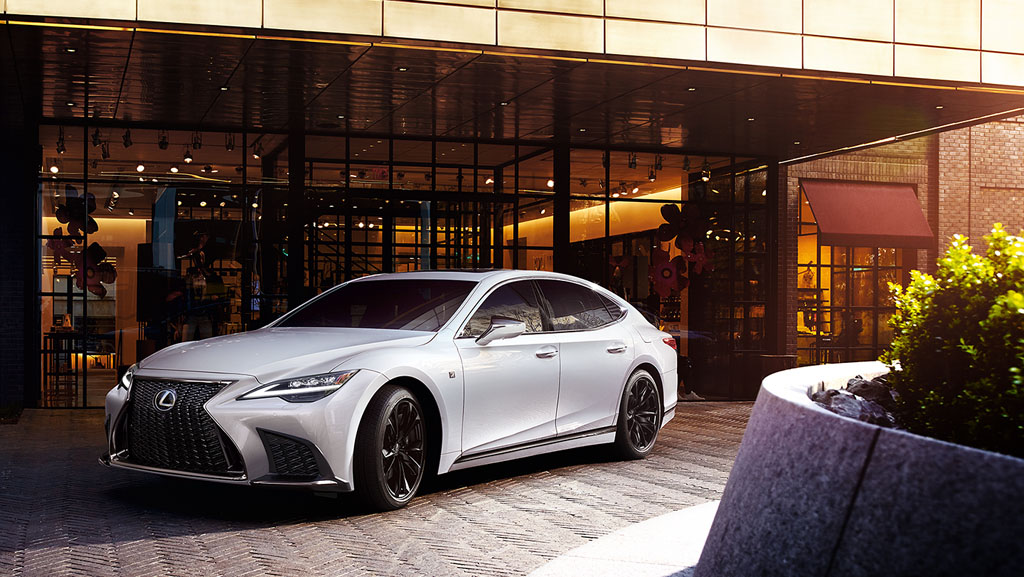
Lexus ES – Affordable Luxury, Remarkable Silence
While it might not command the same status as European flagships, the Lexus ES has carved out a well-deserved reputation for delivering premium refinement at a more accessible price point, and one of its most outstanding traits is how exceptionally quiet the cabin is, especially during highway driving.
Lexus has employed advanced noise-reduction techniques that elevate the ES well beyond expectations for its segment. Sound-insulating materials are strategically integrated across the firewall, floorpan, and inner doors to mitigate the intrusion of engine and road noise.
Even the wheel wells feature additional dampening to neutralize tire rumble. Lexus engineers also made specific modifications to the side mirror placement and A-pillar shape to reduce wind turbulence, allowing the ES to slice through air more quietly than many of its rivals.
Powertrain refinement plays a significant role in this vehicle’s hushed demeanor. Whether you choose the silky V6 or the fuel-efficient hybrid, the ES delivers power in a smooth, unobtrusive fashion. Engine vibration is minimal, and the cabin remains composed even under moderate acceleration.
The ES hybrid, in particular, takes quietness to another level during low-speed cruising, running almost silently in electric-only mode. On the highway, the transition between electric and gasoline power is nearly imperceptible—not just mechanically, but acoustically as well.
This results in a serene drive where conversations between passengers remain clear and effortless, and phone calls don’t require raised voices or repeated “Can you hear me now?” moments.
What makes the Lexus ES particularly impressive is how well it maintains its poise across a variety of road surfaces. Lesser sedans often falter when driven on coarse pavement or in crosswinds, but the ES manages to preserve its calm demeanor in all conditions.
The suspension is tuned more for comfort than athleticism, which pairs beautifully with the car’s cabin isolation, ensuring that small bumps and road inconsistencies are absorbed rather than echoed.
The end result is a vehicle that makes you feel insulated not just from noise but from stress. If you spend long hours behind the wheel and want to arrive at your destination as refreshed as when you left, the Lexus ES offers one of the most compelling cases in its class.
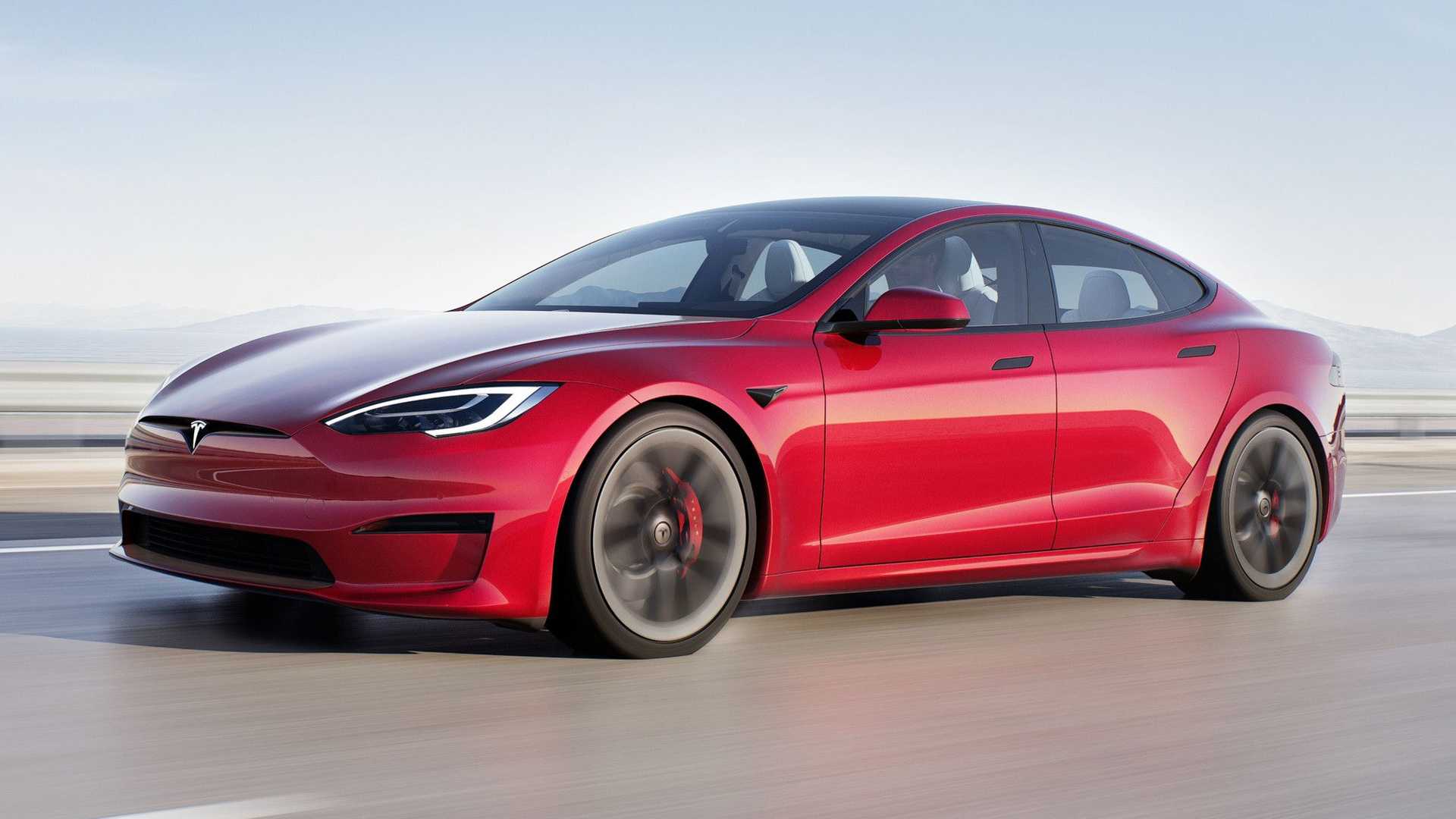
Tesla Model S – Electric Peace on the Open Road
The Tesla Model S brings a different kind of quiet to the highway experience—one rooted in modernity and electric innovation. With no internal combustion engine under the hood, the Model S starts with a massive advantage: there’s no engine noise to filter out.
But Tesla didn’t stop there. In recent model years, particularly with the refreshed Plaid and Long Range trims, the company has made significant strides in chassis engineering, material selection, and soundproofing enhancements that elevate the Model S to a near-luxury level of acoustic serenity.
Tesla has refined the body structure to reduce flex and vibration, integrated acoustic laminated glass across all windows, and optimized door seals and frame geometry to minimize wind intrusion, especially at higher speeds.
One of the most notable upgrades has been the way Tesla addressed road noise—a common flaw in earlier versions. Thanks to a completely reworked suspension system, including adaptive air suspension and improved damping algorithms, the Model S now delivers a more composed ride over varied road textures.
Even with performance tires mounted on large 19” or 21” wheels, the ride remains remarkably smooth and impressively quiet. Tesla’s engineers also improved the underbody shielding and wheel well insulation, which helps reduce the sharp tire slap sounds often heard in EVs, particularly when driving over expansion joints or rough concrete.
Combined with the absence of gear shifts, engine growls, or fuel system noise, the cabin of the Model S feels eerily calm—even when accelerating to triple-digit speeds with breathtaking immediacy.
Inside the vehicle, the minimalist interior design also contributes to a peaceful ambiance. With fewer vents, crevices, and mechanical elements to create noise, the Model S’s cockpit is visually and acoustically uncluttered. The whisper-quiet HVAC system is among the most unobtrusive in the industry, and the cabin’s design helps suppress reverberation and echo.
Tesla also offers a premium sound system tuned specifically for the vehicle’s cabin acoustics, giving you theater-quality audio with minimal outside interference. All these factors combine to produce a driving experience that feels almost meditative, making the Model S an ideal vehicle for those who want to travel far and fast without ever having to raise their voice—or their stress levels.
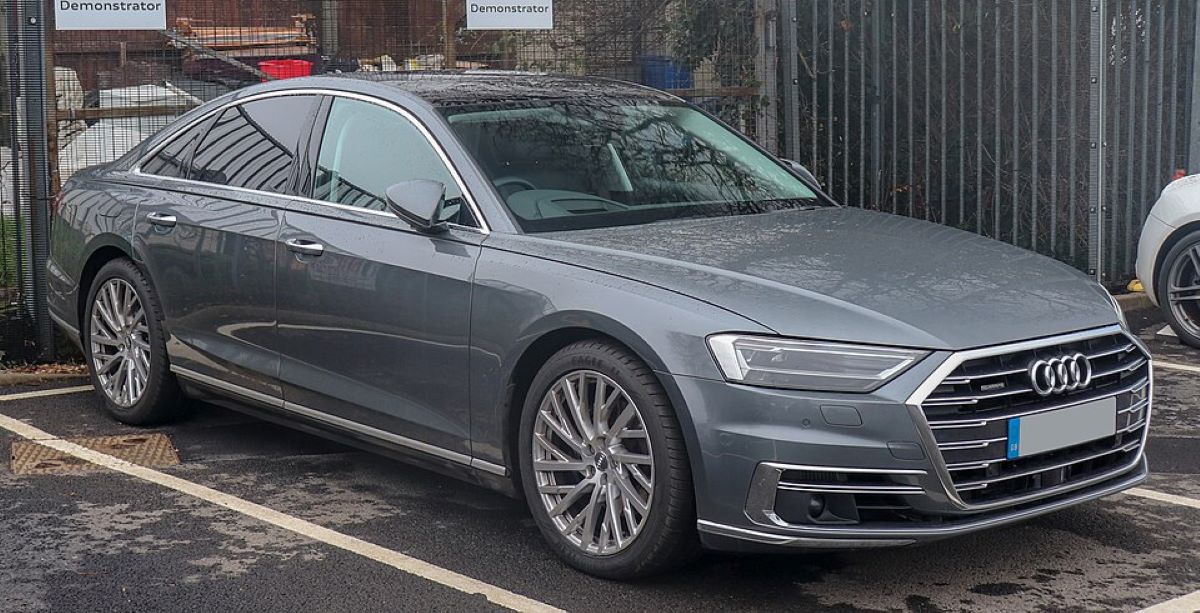
Audi A8 – German Engineering Meets Sound Science
The Audi A8 is a masterclass in how precise engineering and intelligent design can transform a large sedan into an acoustic sanctuary.
Competing with other luxury heavyweights like the BMW 7-Series and the Mercedes S-Class, the A8 distinguishes itself through an exacting approach to noise suppression that leverages both technology and meticulous craftsmanship.
Starting with its structural design, the A8 uses a blend of aluminum and high-strength steel, which provides a rigid foundation while also allowing engineers to strategically place sound-absorbing foam and vibration dampeners throughout the chassis.
This foundational quietness is crucial—it minimizes the transmission of road and suspension noise into the cabin from the very start.
Audi goes further by integrating dual-pane acoustic glass on all windows, ultra-thick door seals, and a multi-layered floor architecture that insulates the cabin from underbody noise. At highway speeds, even on rough surfaces, the A8 remains composed and eerily quiet.
You’ll barely hear the tires or the wind rushing past, and even when surrounded by semi-trucks or buffeted by strong crosswinds, the A8 holds its ground.
The adaptive air suspension works seamlessly with the soundproofing to cushion bumps and reduce vibration-related noise. The result isn’t just silence—it’s serenity, delivered in every tactile and audible detail.
Inside, Audi has tuned the cabin to enhance this silence rather than simply mute everything. The layout and materials—plush leather, soft Alcantara, and real wood trim—help absorb remaining sounds rather than reflect them, preventing that hollow or echo-y feeling common in less refined interiors.
The Bang & Olufsen 3D Advanced Sound System is not only an auditory highlight, but it works in harmony with the vehicle’s hushed environment, letting you enjoy rich audio textures without interference.
Even the climate control system uses quiet brushless fans and hidden ducts that distribute air silently throughout the cabin. Whether you’re a business executive taking a call, a chauffeur driving dignitaries, or simply someone who values peace on long drives, the Audi A8 is a fortress of comfort and quiet on any road.
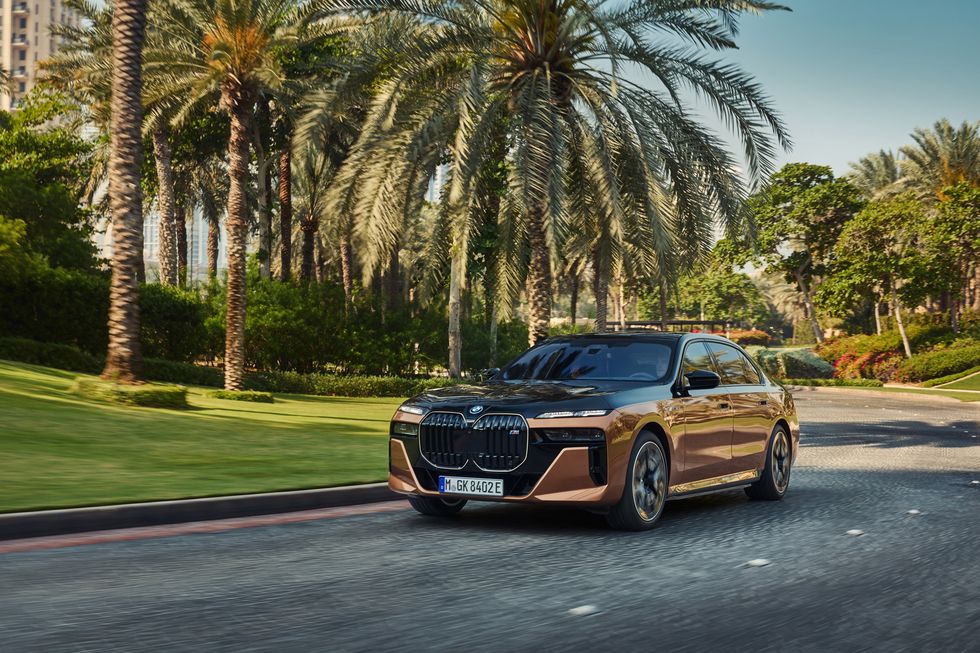
BMW i7 – Silent Power Meets Flagship Comfort
The BMW i7 represents a new frontier for the Bavarian brand—a leap not just into electric mobility, but into a higher echelon of luxury refinement where silence becomes part of the brand experience.
This all-electric flagship sedan takes full advantage of its platform’s lack of internal combustion noise to focus on creating one of the most acoustically sophisticated cabins in automotive history.
BMW engineers pulled out all the stops: triple-glazed windows, dense acoustic insulation layers, and the use of advanced sound-absorbing foams in the A- and B-pillars, roof liner, and floor pan.
Every component was selected or designed with one goal in mind—minimize NVH (noise, vibration, and harshness) while maximizing passenger comfort. What sets the i7 apart from even its rivals is the combination of passive and active noise control systems working in concert.
The vehicle uses an advanced active noise cancellation system that dynamically counteracts unwanted frequencies from the road and tires, especially useful given the heavier mass of EVs and the potential for more noticeable road contact.
The suspension system is a marvel on its own—adaptive air suspension with camera-based predictive dampening smooths out even the most minor imperfections.
It doesn’t just absorb impacts—it silences them, delivering a ride that feels more like levitating than driving. The precise aerodynamic shape, flush door handles, and acoustic foam inside the tires also play subtle but critical roles in keeping the cabin undisturbed.
Step inside, and the feeling of sanctuary is immediate. The cabin layout is lush and tech-forward without being noisy, both in literal and sensory terms.
There’s no clutter, no creaks, and certainly no distractions. The Bowers & Wilkins surround sound system offers concert-hall audio clarity, and the high-res panoramic display is paired with a minimalistic, nearly silent control interface.
The i7 isn’t just a quiet car—it’s an immersive experience in luxury acoustics. Whether you’re gliding through city streets or soaring down the freeway at 85 mph, the outside world fades into a murmur. In the BMW i7, quiet isn’t just a feature—it’s a statement of purpose.
5 Cars That Make Highway Driving Painful

Jeep Wrangler – Off-Road Champion, Highway Headache
The Jeep Wrangler is a legend in the off-road world, a vehicle with undeniable charm and capability when the pavement ends. However, when driven on the highway—especially for long stretches—its cabin becomes one of the noisiest environments on the market.
That’s not necessarily a flaw in design; rather, it’s a byproduct of the Wrangler’s unapologetic, rugged character.
The problem is, the very traits that make it excel on the trail—like its removable roof and doors, exposed hinges, and upright windshield—are the same ones that contribute to its poor aerodynamic profile and high noise levels at speed.
At 60 to 70 mph, wind gushes past the A-pillars, whistles through the seams in the soft top, and roars around the wide side mirrors. In soft-top versions, the canvas roof can literally flap in strong gusts, turning a casual highway cruise into a full-blown sonic assault.
Inside the cabin, tire roar from the all-terrain rubber, road vibration, and the resonance of body-on-frame construction add to the acoustic chaos. The Wrangler is not equipped with extensive sound insulation like most modern crossovers or sedans.
There’s minimal underbody insulation, and the interior panels are mostly hard plastic, which does nothing to dampen echoes or outside noise.
Add to that a relatively unsophisticated suspension compared to today’s independent setups, and you’ve got a vehicle that reverberates over every seam, crack, and pothole in the road.
This vibrational feedback is felt through the steering wheel, floorboards, and seats, causing fatigue over time, not just in your ears, but throughout your body.
While Jeep has made small improvements in newer models like the Wrangler JL, particularly with optional hardtops and improved seals, the core of the issue remains: this vehicle was never designed for comfort-first commuting. The longer you spend at highway speeds, the more exhausting it becomes.
For daily drivers or anyone who values a peaceful cabin, the Wrangler’s highway performance can feel like a punishment. It’s not a vehicle for those who prioritize refinement, but rather a tool built for a specific job—one it does exceptionally well off-road but struggles to handle on smooth, high-speed tarmac.
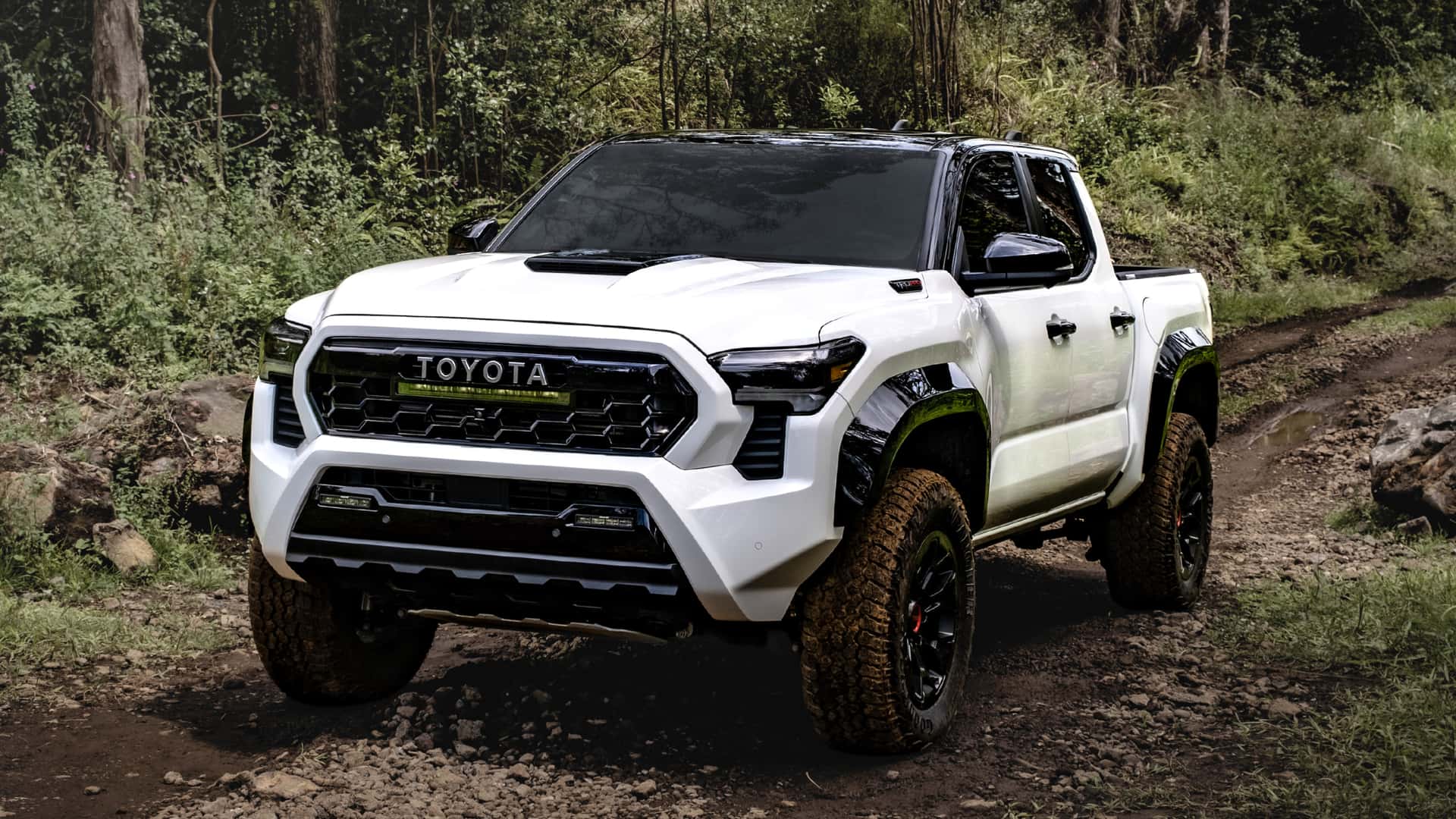
Toyota Tacoma – Tough Truck, Tough on Ears
The Toyota Tacoma is a truck with a devoted following. It’s revered for its bulletproof reliability, off-road prowess, and no-nonsense utility. But as a highway vehicle—especially in stock form—it leaves much to be desired in terms of comfort and noise control.
The Tacoma uses a body-on-frame design, a hallmark of serious trucks, which unfortunately transfers far more vibration and road noise into the cabin than unibody crossovers or newer generation pickups.
When you’re cruising at 70 mph, particularly on uneven pavement or grooved highways, the cabin becomes a resonance chamber for all kinds of ambient and mechanical sounds.
Much of this noise originates from the stiff suspension and aggressive all-terrain tires that are either standard or optional on many trims. These tires are fantastic for dirt trails, but create excessive hum on pavement.
Combine this with the Tacoma’s older cabin architecture, which lacks extensive soundproofing materials or acoustic glass, and you’ve got a truck that can feel as though it was designed a decade ago, which, to be fair, is partly true.
The third-generation Tacoma carried over many elements from previous versions with only incremental improvements. As a result, things like wind noise through the door seals, tire slap from the wheel wells, and engine drone under load are all noticeable to an annoying degree during extended highway drives.
Even the powertrain adds to the discomfort. The 3.5-liter V6 engine, while dependable, becomes coarse and buzzy when pushed, and the six-speed automatic transmission often holds gears longer than necessary, creating more cabin intrusion.
Drivers frequently report needing to raise their voice during conversations or crank the radio volume just to mask the ambient noise.
And while the Tacoma excels at hauling gear and conquering rocky climbs, it’s not a truck you want to spend hours in if you value peace and quiet. The lack of noise suppression may be acceptable for short commutes or off-road adventures, but on the interstate, it becomes one of the most fatiguing cabins in its class.
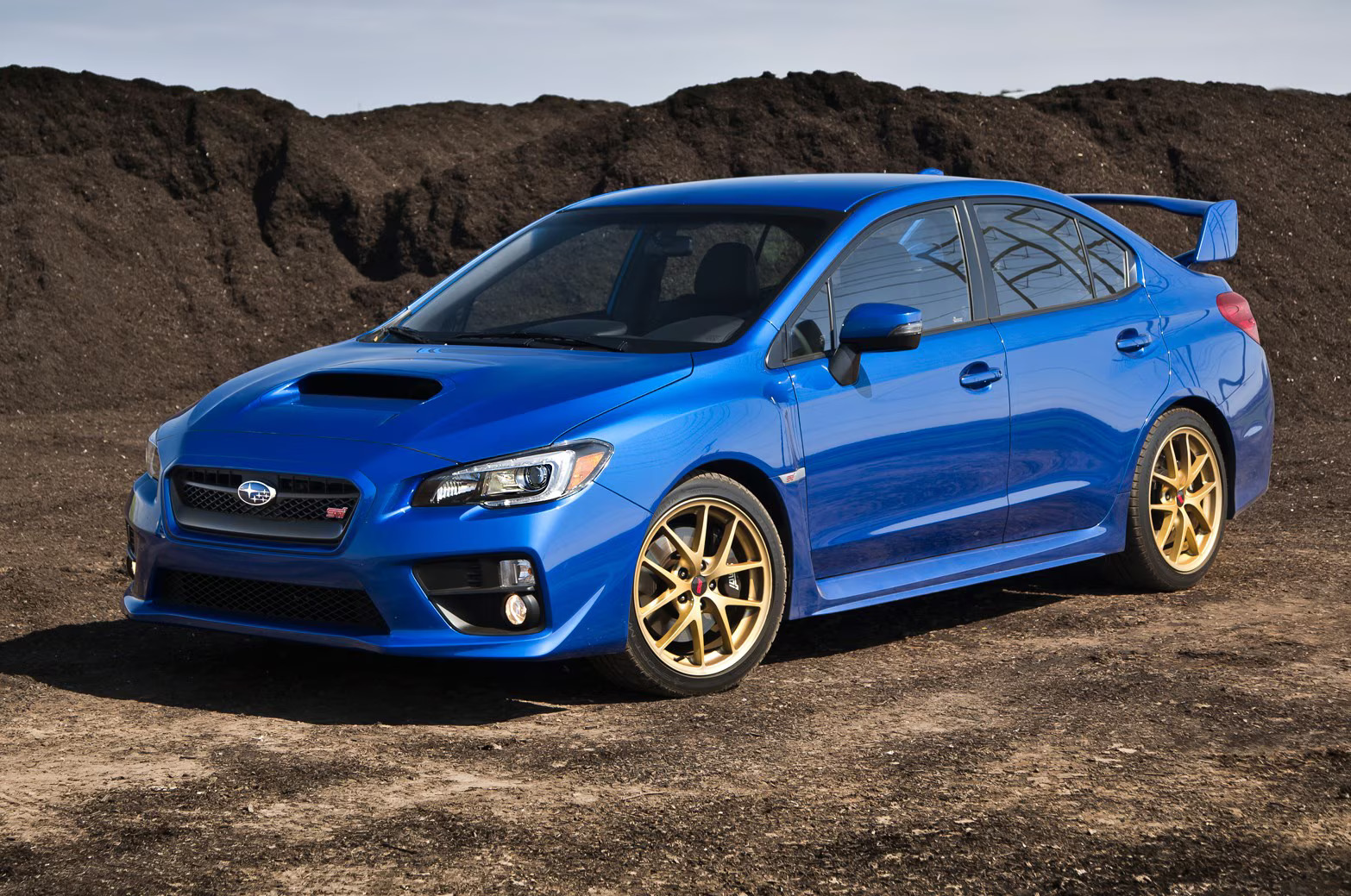
Subaru WRX – Rally Pedigree, Roaring Commute
The Subaru WRX is an enthusiast’s car, known for its rally-inspired DNA, turbocharged performance, and all-weather capability. But while it delivers thrills on twisty roads and in spirited driving scenarios, it comes at a price—a cabin that is anything but calm at highway speeds.
Subaru has made only modest improvements to NVH levels over the years, and the WRX continues to suffer from a mix of engine drone, tire noise, and road surface resonance that becomes tiresome over long drives.
This is particularly evident in earlier models, but even the more recent generations struggle to isolate the driver from the outside world, a compromise that’s often justified by its sporty personality, but still felt acutely on long commutes.
At the heart of the WRX’s sonic identity is its boxer engine, which, while unique and fun under hard acceleration, produces a constant low-frequency rumble that doesn’t fade into the background at highway speeds.
Pair that with a stiff suspension setup designed to enhance handling and reduce body roll, and the result is a car that transmits every bump and groove into the cabin with pronounced feedback.
The WRX’s chassis is rigid and responsive, which improves driving dynamics but allows more road vibration to permeate the interior. Unlike luxury sport sedans that balance performance with comfort, the WRX leans heavily into its aggressive identity—great for a weekend blast through mountain roads, but not ideal for a three-hour highway cruise.
Interior materials also play a role. The WRX’s cabin is functional but sparse, with hard plastics and minimal insulation used throughout.
There’s a distinct lack of sound-deadening material beneath the floor and behind the panels, which means wind noise, tire roar, and suspension thuds are all broadcast directly into the cabin.
Enthusiasts may tolerate or even enjoy the visceral feedback, but casual drivers and long-distance commuters will likely find it exhausting.
The WRX is a car that asks its driver to accept the drawbacks of performance-first engineering. If your goal is to carve corners, it’s a gem. If your goal is a peaceful highway drive, it’s far from ideal.
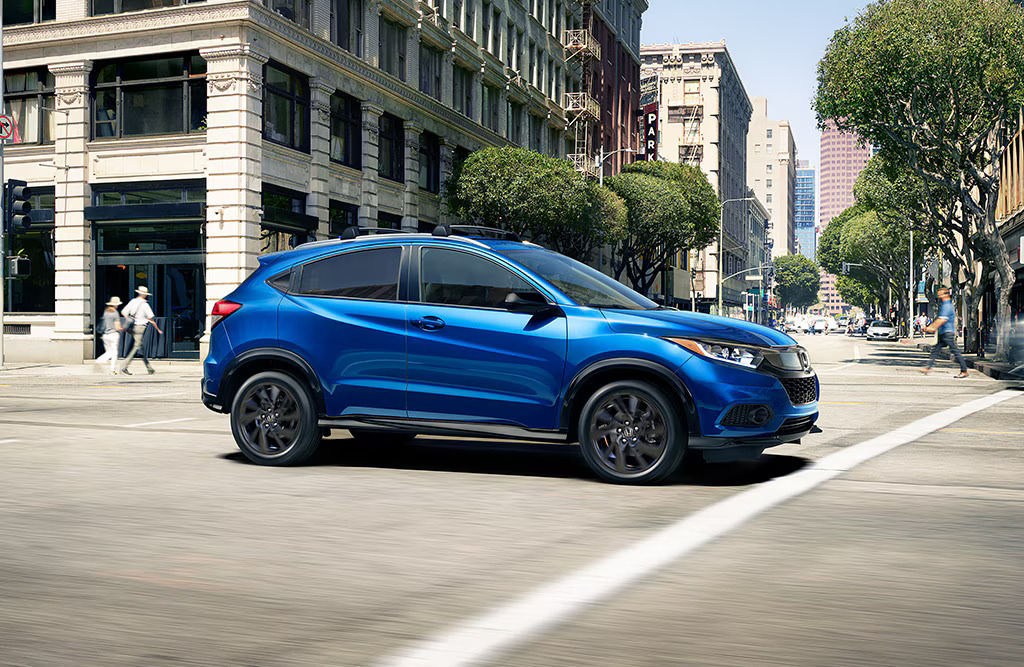
Honda HR-V (Previous Generation) – Budget-Friendly, But Loud
The previous-generation Honda HR-V was a practical, efficient, and budget-conscious crossover aimed at urban dwellers and young buyers.
It checked a lot of boxes in terms of utility, fuel economy, and affordability. However, one area where it fell far short of expectations was cabin noise isolation, particularly on the highway.
Unlike higher-tier Hondas such as the Accord or CR-V, the HR-V was built with cost-efficiency in mind, and this meant that critical elements of NVH control were either minimized or omitted entirely. As a result, the cabin suffers from high levels of road noise, wind intrusion, and engine buzz when operating at cruising speeds.
The HR-V’s lightweight construction, while excellent for fuel economy and agility, did little to suppress external sounds. The vehicle’s thin door panels, limited firewall insulation, and minimal underbody coverage allowed road noise to travel directly into the cabin with little resistance.
On highways, especially with coarse concrete or aging asphalt, the noise levels rise quickly, forcing drivers to increase the audio volume significantly just to mask the background din.
This becomes especially irritating on long trips where the fatigue from constant noise wears down both driver and passengers, leading to a far less relaxed driving experience compared to competitors in the same segment.
Adding to the discomfort is the HR-V’s underpowered and vocally strained engine. The CVT transmission, while smooth at lower speeds, causes the engine to drone loudly under acceleration or when climbing hills.
This droning is both constant and harsh, made worse by the lack of cabin insulation. The hard interior plastics don’t help either; they reflect rather than absorb sound, creating an acoustically unfriendly environment.
Honda did address many of these issues in the latest generation, adding more insulation and improving the chassis tuning, but for those still driving the previous HR-V or considering a used one, the noise problem remains a major drawback.
It’s a perfect example of how cost-saving can sometimes come at the expense of comfort and long-distance usability.
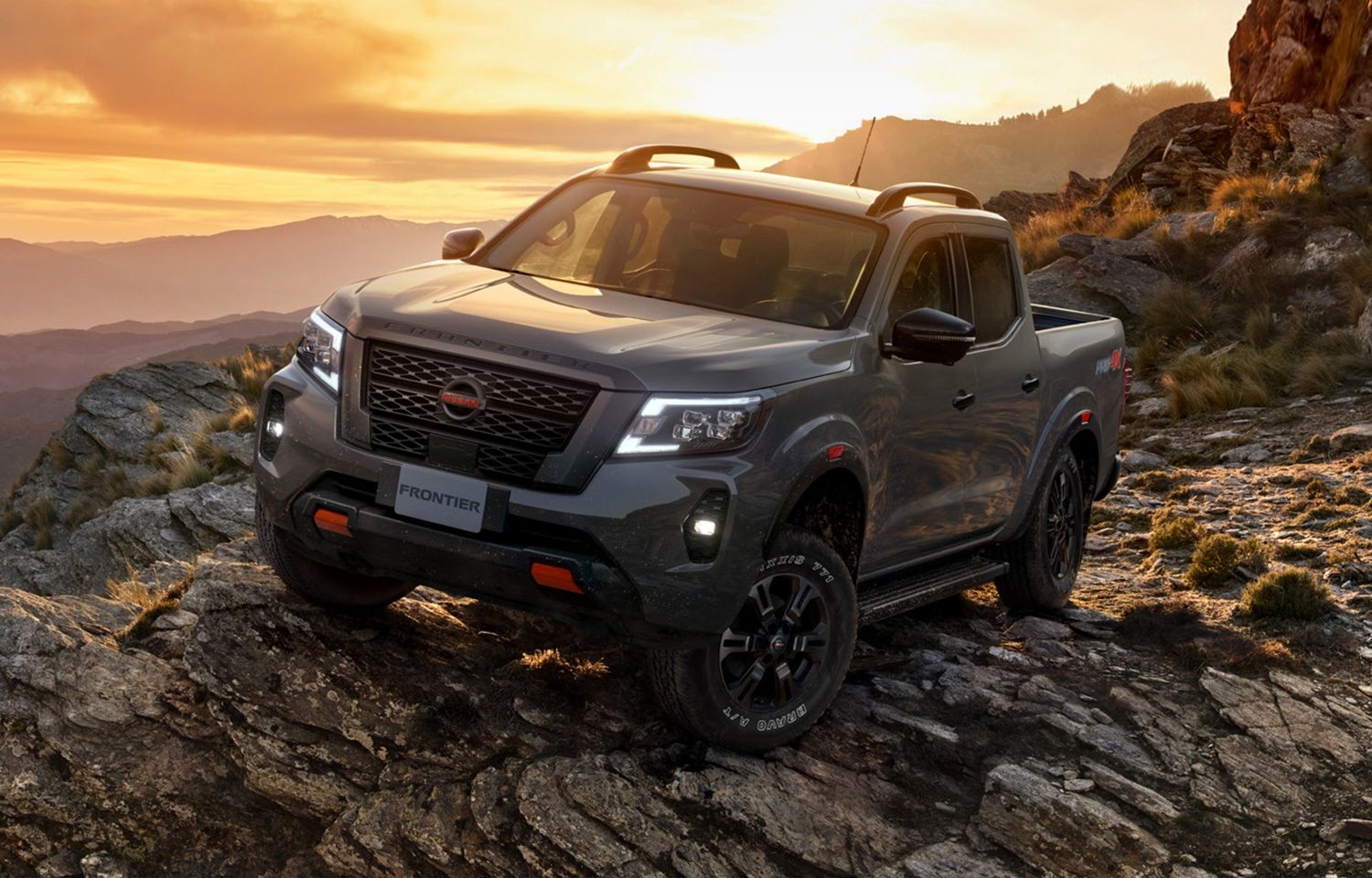
Nissan Frontier (Pre-2022 Models) – A Stuck-In-Time Workhorse
Before its 2022 redesign, the Nissan Frontier was one of the longest-running, least-changed vehicles in the midsize truck segment.
Its durability and straightforward mechanics were applauded by fleet buyers and work-truck traditionalists, but these positives came at a steep price: a cabin that felt and sounded antiquated, particularly when driven on the highway.
With a design dating back more than a decade, the pre-2022 Frontier retained many of the NVH issues that modern trucks had long since addressed. It’s a vehicle that works hard, but it doesn’t go easy on your ears.
At highway speeds, the Frontier suffers from excessive wind noise, underbody vibration, and engine drone.
The V6 engine, while torquey and capable, wasn’t refined, and its roar became particularly pronounced under load or during uphill climbs. Even in casual cruising, the powertrain created a low, throaty vibration that seeped into the cabin.
The lack of active or even modern passive soundproofing technologies meant that noise from outside sources, such as nearby trucks, wind gusts, or expansion joints, had an unfiltered path into the passenger compartment.
The door seals and window insulation were designed for utility, not comfort, and that philosophy extended to every part of the interior.
Adding to the problem was the dated interior layout and materials, which reflected the era from which the Frontier originated. Hard plastics, minimal acoustic padding, and a simplistic HVAC system created a cabin that echoed like a drum, especially during spirited driving or windy conditions.
Long road trips in the pre-2022 Frontier required frequent breaks, not just for fuel or stretching—but to escape the auditory fatigue. While the vehicle’s low price and rugged dependability made it a favorite for contractors and off-grid adventurers, it was far from ideal for modern highway travel.
Thankfully, the latest generation has seen a major leap forward in refinement, but the older models remain widely available on the used market and continue to serve as a cautionary tale in the evolution of automotive noise control.
Also Read: 10 Vehicles With Glove Boxes Big Enough for More Than Paper
As we wrap up this exploration into cabin acoustics, one thing becomes crystal clear: the way a vehicle handles noise is not just a technical specification—it’s a reflection of its entire design philosophy.
A quiet cabin speaks volumes about a carmaker’s attention to detail, their understanding of real-world driving needs, and their ability to blend mechanical engineering with human comfort.
Vehicles like the Mercedes-Benz S-Class, BMW i7, or Audi A8 don’t just keep noise out—they turn silence into an immersive feature, creating an environment that enhances the entire driving experience.
These models represent the pinnacle of thoughtful, high-comfort engineering, where every element, from glass thickness to suspension damping, works in harmony to protect you from the chaos of the world outside.
On the opposite end, vehicles like the Jeep Wrangler or older Nissan Frontier models demonstrate that when cabin noise is overlooked—or intentionally sacrificed for capability or cost—drivers feel it in very tangible ways. Excessive wind noise, tire roar, engine drone, and vibrational feedback don’t just make trips less enjoyable; they make them more tiring.
They make conversations harder, audio systems less effective, and concentration more difficult. And over time, they wear down even the most enthusiastic driver.
In many cases, these vehicles excel in specific environments—off-road, in the city, or as rugged work trucks—but their limitations become painfully obvious on long highway stretches.
It’s important to remember that cabin quietness isn’t about snobbery—it’s about livability. You don’t need to spend six figures on a luxury sedan to get a peaceful ride, just as not every noisy car is a bad one. The key lies in knowing what you value and how you drive.
If your lifestyle includes hours of highway travel, family road trips, or daily commutes in high-traffic areas, then investing in a quieter vehicle could significantly improve your quality of life behind the wheel.
On the other hand, if your vehicle is primarily a weekend toy, a trail runner, or a utilitarian tool, a little noise might not matter—or might even add to the charm.
As automotive design continues to evolve, we’re likely to see even greater strides in cabin refinement. Electric vehicles, for example, have already pushed automakers to rethink how sound is managed without a traditional engine masking other noises.
The line between comfort and performance is blurring, and consumers are starting to expect both. For now, the spectrum remains broad, but awareness is your greatest ally.
Whether you’re a first-time buyer or a seasoned motorist, understanding how cabin noise affects driving can help you make smarter, more satisfying choices.
In the end, driving should be more than just getting from point A to point B—it should be a place where you can think, connect, and even relax. And in a world that’s constantly buzzing, scrolling, and honking, a truly quiet cabin might just be one of the last luxuries that makes a real difference.

